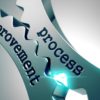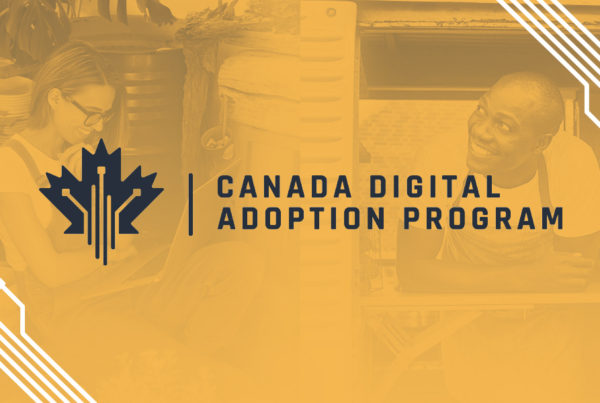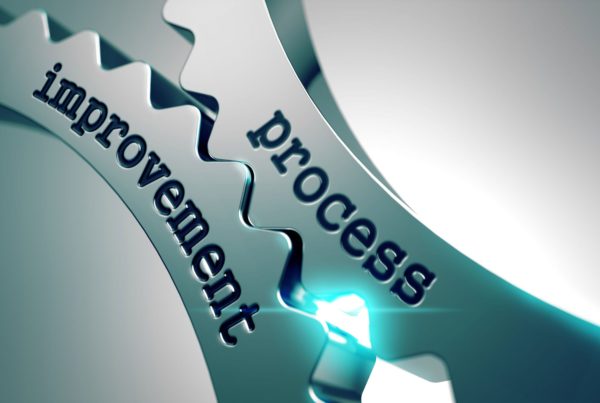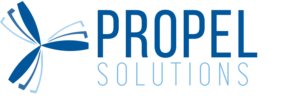What defines a successful project? People will often ask some of the questions below to decide if the project was a success:
- Was the project completed on time and on budget?
- Did the project produce the deliverables it was meant to?
- Did the project provide its targeted Return on Investment after launch?
- Did the project cause disruptions to the business prior to, during and after launch?
While these are all important questions to ask, there is something much more important. A condition that, if met, enables all of the above and much more.
So, what is that secret ingredient and how do you get it?
In my consulting experience, I would directly attribute the success of any project to one underlying factor: the engagement of people.
Regardless of the project, company or industry you are working in, you are in the people business. And the success of any project is reliant on their engagement to establish a clear understanding of the business, its processes and inner workings; identify the improvement opportunities; and effectively implement changes. As the engagement and involvement of people increases in a project, so does their ability to contribute, accept and embrace project outcomes.
Looking back at my own career and why I joined Propel Solutions, my decision was driven by alignment in our values: We value the power of engagement, and we put people first.
Putting People First
At Propel, we take pride in our approach which puts people first and ensures that they are supported throughout the project.
Our starting point for any project is the kick-off meeting. During this meeting, we bring together stakeholders from business areas we will be working with, and our goal is to inform this group about what they can expect from our team and our approach during the project. We also use this opportunity to lay out a non-negotiable expectation of everyone there: “to play an active part in our process!”
One of the things that differentiates our approach is our insistence on getting managers and the front-line to be involved, empowered, and given a voice.
So what are some ways that we drive the engagement of people in our projects?
- Process Mapping Workshops
- Every cross-functional process map we produce comes from cross-functional workshops that bring together functional business area leaders. By having everyone in the room as we map the process, we are able to provide visibility into how the system operates and facilitate conversations about how processes can be improved. This increases the understanding of area leaders about how they fit into the business, and provides them the opportunity to work with their colleagues on improving the overall performance of the business.
- Process Map Critique Sessions
- After the process maps are verified, we print them, post them on the wall and run process map critique workshops. Accompanied with the maps: some felt pens. Our goal at this stage is to ask people to review the maps and identify opportunities, constraints and pain points in processes. We are essentially asking people to tell us their ideas for improvement because we recognize that the front-line works with these processes everyday, and they are the ones that know best what needs to be changed. This provides an opportunity for everyone to play a role in the development of solutions, increasing their buy-in of the project.
- Process Observations
- In our projects, we also complete observations to validate the process, activity times and identify other challenges that staff may face. This gives us with the chance to work alongside staff to understand and see their pain points first-hand. It also allows us to have more one-on-one conversations to learn more about the processes from the experts.
- Developing Method Changes
- A large part of our projects centres around solving problems. Isn’t that why we’re there in the first place? Rest assured, that is exactly why we are there, however we do not do this on our own. We set up workshops and meetings with stakeholders, and collaboratively formulate solutions and implementation plans. This ensures their alignment with the needs and capabilities of the organization, and again increases buy-in from staff and builds momentum behind change efforts.
Throughout our diverse engagements, we introduce change. However, the one thing that is constant is our focus on building engagement of staff in our projects, and that is the key enabling factor to our success. If you would like to find out more about Propel’s approach to building staff engagement throughout the project, and the benefits it provides your firm throughout and after the project, please feel free to reach.
[contact-form-7 404 "Not Found"]







